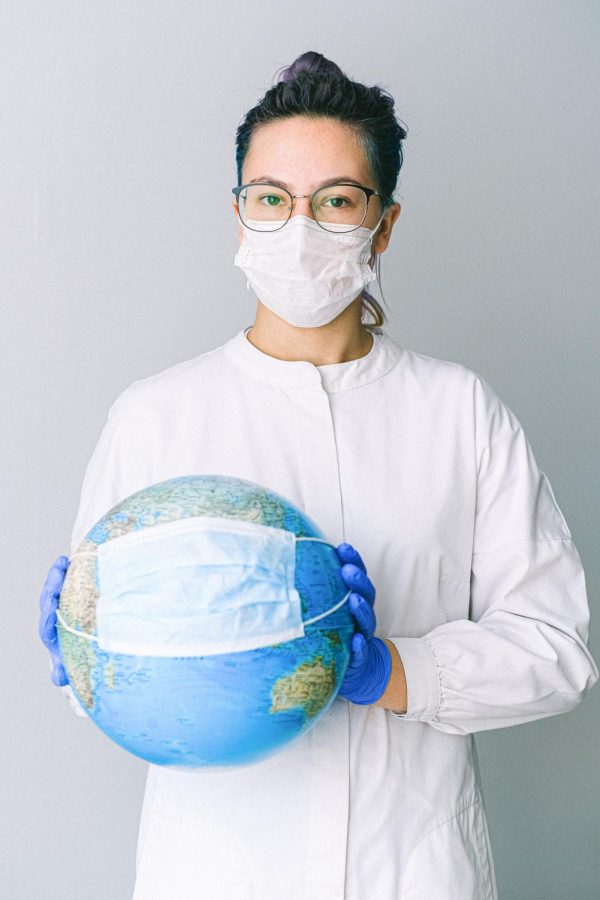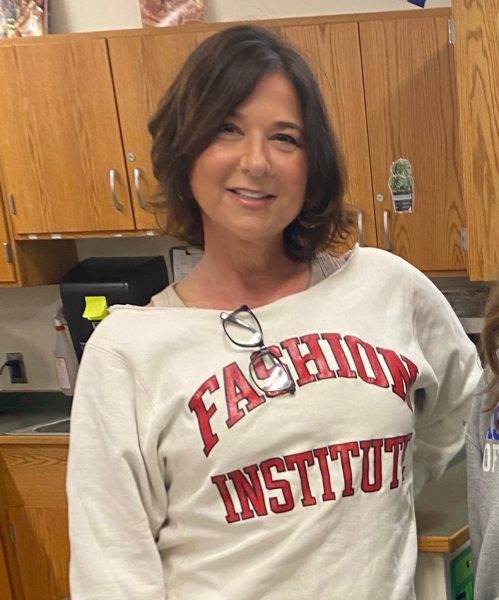A Timeline of the Coronavirus Pandemic
Photo by Anna Shvets from Pexels
As it has been nearly a year since the beginning of the COVID-19 pandemic, we may reflect on what the past year of living through this pandemic has entailed.
Wearing a mask and socially distancing has continued to be the norm for almost a year now. Going out the door and grabbing a mask has become second nature for many of us, and people have been starting to forget what life was like pre-pandemic. Some of us have even forgotten when this pandemic began.
According to Science News (sciencenews.org), China notified the World Health Organization (WHO) about an outbreak of pneumonia in the city of Wuhan on Dec. 31, 2019. Days later, on Jan. 9, 2020, the WHO announced that this pneumonia was a novel coronavirus. Days after this, Thailand, Japan, and South Korea reported cases of this new illness. The first death was then reported in Wuhan, China, on Jan. 11, 2020.
The first confirmed case of the virus in the United States was in Washington State, on Jan. 20, 2020. The virus was contracted by a man who had recently come back from visiting Wuhan, China, according to the New York Times (nytimes.com). In the United States, people were on edge, waiting to see how this virus would progress. In the following days, the virus continued to spread. Wuhan went into lockdown, Europe reported its first cases in France, Australia reported its first cases, and more areas began to report cases. It was discovered soon afterwards that this virus could be spread by people who did not show any symptoms. The Trump Administration then banned the entry of foreigners into the United States if the traveler had been to China anytime in the past fourteen days. This ban, however, excluded residents of the United States, according to the New York Times. The ban was put in place in hopes of limiting the spread of this virus in America. A short while after, Africa reported its first case in Egypt, and South America had reported its first case in Brazil. According to the New York Times, on Feb. 11, 2020, virologists named this new coronavirus SARS-CoV-2. The SARS outbreak of 2002-2003 was found to be molecularly similar to this new virus; therefore, this disease was then named COVID-19.
According to ABC News (abcnews.org), on Mar. 1, the first positive case to hit New York came from a woman returning from Iran. Fear began to set in as the virus spread. From then on, New York Governor Andrew Cuomo promised to begin contact tracing to track this deadly virus. More fear followed as Italy suddenly went into a nationwide lockdown as death totals began to top 3,400. In the following days, more bad news came for Americans, as the first US death from COVID-19 was reported. The WHO declared this virus a pandemic as the virus had infected 114 countries, according to Science News.
As the spread of the virus grew in New York, schools began closing all over the state. Students all across New York began to worry that their school would be next. Lynbrook, along with many other schools across the nation, had its last day of school on Mar. 13, 2020. Students were told that they would be home for two weeks in hopes of slowing the spread of the pandemic. Freshman Isabella Martinez said, “I definitely didn’t expect COVID-19 to impact America so badly. As soon as cases began rising, I just knew school was going to be closed in a matter of time, along with other public places. The beginning days of the pandemic were definitely something I had to adjust to. It was weird having to go outside with a mask and having to social distance, but I knew it was for the better.” The day after Lynbrook schools had closed, Governor Cuomo reported the first two COVID deaths in New York.
According to Science News, testing for a COVID-19 vaccine began in China and in the United States on Mar. 16. As COVID testing became more popular, cases skyrocketed around the world, reaching one million by Apr. 2, 2020. From this drastic increase, millions were out of work, according to the New York Times. Soon following, the death toll in the United States reached one million and continued to rise. The Center for Disease Control (CDC) continued to recommend wearing a face covering by the time April rolled around, stated Science News in an article on the COVID-19 pandemic timeline.
In the New York Times article “A Timeline of Coronavirus Pandemic,” it is stated that on Apr. 6, Prime minister of the United Kingdom Boris Johnson was moved into an intensive care unit due to the coronavirus. The virus was continuing to spread within the states and throughout more countries. The United States cases surged as the days went on. A glimpse of hope arrived when Pfizer and Moderna announced they were looking for volunteers for clinical trials to test possible vaccines. This was announced on July 27, according to Science News.
Lynbrook’s students returned to school on Sept. 8, 2020, months after the first vaccine trials were announced. Students had the option of being fully remote or going in every other day. Students were told that there would be one-way hallways, desks would be socially distanced, and that they would be required to wear a face mask. This was the only way that school would be able to be in session as cases continued to reach record numbers. With the guidelines, students questioned what going to school would be like, how would online learning work, and much more. Marisa Parco, a freshman, said, “When I heard we could go back to school, I was excited because I could see my friends and have something somewhat normal in all this craziness. I was also surprised though, considering the pandemic was still very relevant. I definitely had concerns. Obviously getting COVID and not only that, but giving it to loved ones [also] concerned me. Another concern was that I couldn’t go with all my friends; I was very upset and even more nervous about my first year of high school.”
President Donald Trump tweeted that he had COVID on Oct. 2, 2020. While hospitalized, he received an experimental antibody treatment. Good news finally came when pharmaceutical company Pfizer claimed its vaccine was around 90% effective. Soon after, another pharmaceutical company, Moderna, followed in announcing that its vaccine was 95 % effective. Pfizer asked the FDA for approval of its vaccine on Nov. 20. Moderna soon followed (again) by asking the FDA for approval of its vaccine. AstraZeneca reported its vaccine to also be effective. The United Kingdom was the first to begin its vaccination process. The FDA approved the Pfizer vaccine on Dec. 11, according to the New York Times. The Moderna vaccine followed in approval eight days later. Cases were still rising throughout America and other countries. Although, many were hopeful as the first round of people began getting vaccinated. Freshman Amelie Duch said, “I was thrilled to see the speed in which the vaccine was developed. It gives me great hope for the future and nearing the end of the pandemic as I know many will take the vaccine. It makes the scientists who created it even more admirable as they made this all possible.”
The pandemic is a global problem that has taken many lives throughout the world and has affected everyone. Some have been affected by having to wear masks everywhere they went, while others have lost loved ones or battled this deadly virus themselves. Many have become hopeful that the vaccines will help control this virus. Scientists have worked tirelessly to make these vaccines in record time. More vaccines are on the way from companies including AstraZeneca and Johnson & Johnson. Many people have put their lives on the line during this pandemic, including doctors, nurses, hospital staff, grocery store workers, delivery workers, police officers, firefighters, postal workers, and teachers. The pandemic is still an ongoing problem, and lives continue to be lost throughout the world.






















